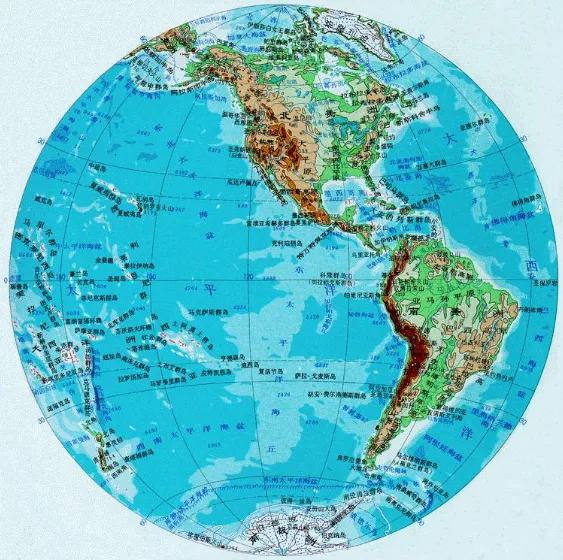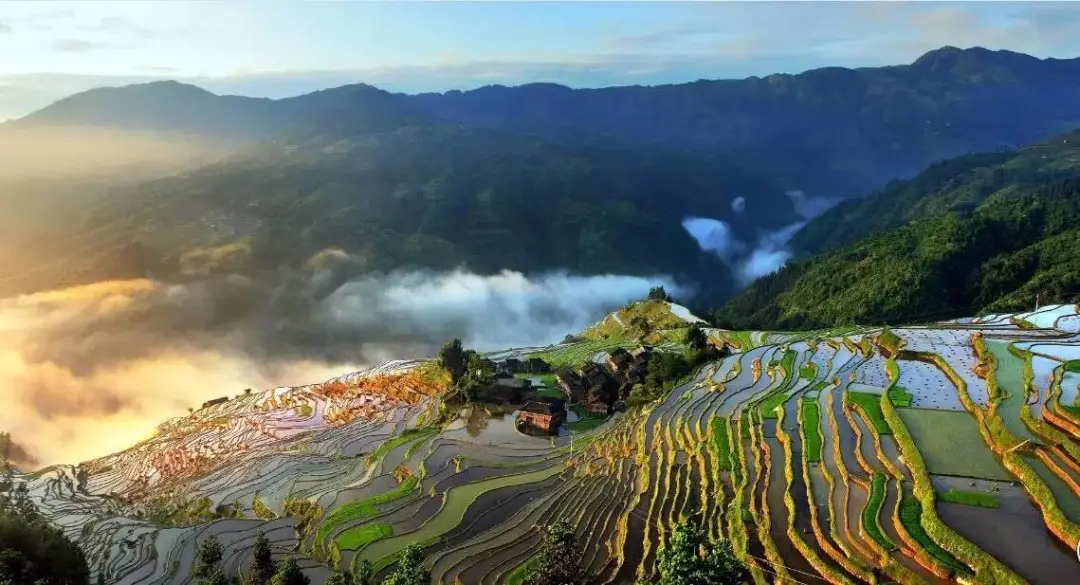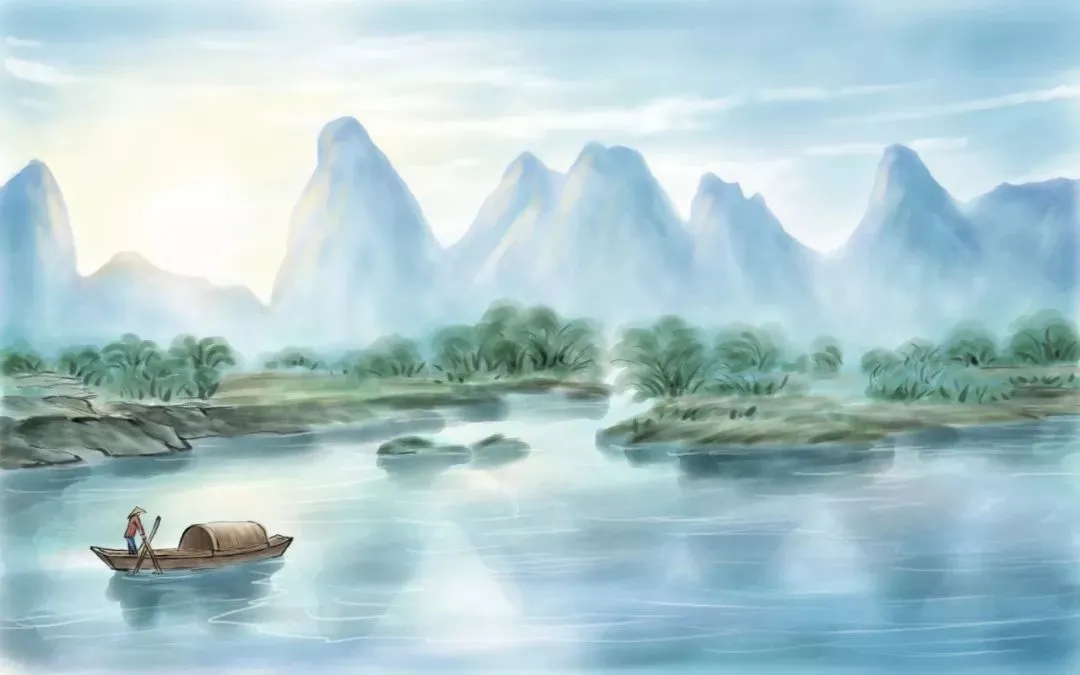html
Why China Has the World’s Best Geographical Advantage
Exploring 5,000 Years of Civilization Through Geography
Part 1: The Unbroken Legacy of Chinese Civilization
For over 90% of recorded history, Chinese civilization has been at the forefront of global development. A key factor contributing to this enduring legacy is its uninterrupted continuity. Unlike ancient civilizations such as Egypt, Mesopotamia, or the Indus Valley, where languages, cultures, and records faded into obscurity, China’s 5,000-year history remains vividly alive today.

Textual Continuity: Works from 3,100 years ago, like the Book of Songs, are still comprehensible today. Phrases such as “Guan Guan cries the osprey, on the river’s sandbar” resonate across millennia, connecting modern readers with their ancient ancestors.
Cultural Identity: Even if one were to travel back in time to the Han or Song Dynasty, a modern Chinese person could engage in discussions about governance with emperors or scholars. This linguistic and cultural consistency is a testament to China’s unique ability to preserve its heritage.
This endurance stems from geographical advantages that protected China’s heartland while fostering innovation—a delicate balance that no other civilization has achieved.
Part 2: The Paradox of Plains
Plains are often considered the cradles of civilization, but they also present significant vulnerabilities.

Agricultural Foundations: The North China Plain (NCP), nourished by the Yellow River, enabled large-scale farming and centralized governance. Similar conditions gave rise to Egypt’s Nile Delta and Mesopotamia’s Fertile Crescent.
Military Weakness: However, open plains invite invasion. Poland’s flat terrain led to repeated partitions, while Hitler’s blitzkrieg tactics exploited Europe’s plains. In contrast, Afghanistan’s mountainous terrain has repelled numerous superpowers throughout history.
China’s Solution: While the NCP nurtured agriculture, natural barriers like the Taihang and Yan Mountains shielded it from northern nomads. The Great Wall further fortified this line, creating a “geographical filter” that allowed cultural growth without constant threat.
Part 3: Strategic Depth and Natural Fortresses
China’s geography combines productivity with defensibility through three core plains:
- North China Plain: The agricultural heartland, protected by northern mountains.
- Guanzhong Plain: Surrounded by the Qinling Mountains and Loess Plateau, this “land within passes” served as a fortress for dynasties like Qin and Han.
- Hanzhong Basin: A mountainous buffer linking Sichuan and Shaanxi, critical for logistics and defense.

Key Achievements:
- Emperor Wu of Han secured the Hexi Corridor, connecting China to Central Asia while guarding against western invasions.
- The Tang and Ming Dynasties expanded control over Tibet and Xinjiang, securing water sources and high-altitude vantage points.
This layered defense system allowed China to survive invasions and rebound, even during weak periods like the 19th-century Opium Wars.
Part 4: China’s Modern Strategic Advantages
China’s modern strategic advantages are rooted in its diverse geography:
- Three-Terrain Ladder:
- Eastern Plains: Economic hubs and ports.
- Central Plateaus: Agricultural and energy reserves.
- Western Mountains/Deserts: Natural barriers and mineral wealth.
- Climate Diversity: From tropical Hainan to frozen Heilongjiang, China’s varied climates support self-sufficiency in resources.
- Coastal Power: With 18,000 km of coastline and 7 of the world’s top 10 ports, China dominates maritime trade.

Case Study: During WWII, Japan’s invasion stalled in China’s interior mountains and guerrilla warfare—a testament to how terrain can neutralize technological superiority.
Part 5: China vs. the United States—Who Has Better Geography?
When comparing China and the United States in terms of geographical advantages, both nations have their strengths and weaknesses.
United States:
- Pros: Isolated by oceans, vast arable land, and abundant resources.
- Cons: Remoteness from Eurasia (the “World Island“) limits geopolitical influence.
China:
- Pros:
- Central to Eurasia, enabling trade via the Belt and Road Initiative.
- Proximity to 58% of the global population.
- Natural defenses (Himalayas, deserts, jungles).
- Cons: Dense population and resource demands.

Key Insight: While the U.S. thrived in isolation, China’s location on the World Island ensures long-term influence as globalization deepens.
Part 6: The Future Belongs to the World Island
Eurasia and Africa host 85% of humanity. China’s centrality here offers unparalleled advantages:
- Trade Networks: Rail links like the China-Europe Railway connect 40+ countries.
- Energy Security: Overland pipelines bypass maritime chokepoints (e.g., Malacca Strait).
- Technological Leadership: Xinjiang and Tibet’s high-altitude regions are ideal for aerospace and renewable energy projects.

By contrast, the U.S. relies on overseas bases and allies to project power—a fragile system in a multipolar world.
Conclusion
China’s geography is a masterpiece of balance. It fostered a civilization resilient to invasions, climate shifts, and political upheavals. Modern infrastructure and strategic planning amplify these ancient advantages.
While the U.S. leveraged isolation to rise, China’s position on the World Island—combined with its historical adaptability—positions it to reclaim its historical role as a global leader.
Geography isn’t destiny, but China’s 5,000-year head start in mastering its terrain suggests a future as enduring as its past.
Keywords: China geography advantages, Chinese civilization, strategic depth, World Island, geopolitical influence.
References: Geographical studies from the Chinese Academy of Sciences, historical analyses of dynastic expansion, and modern economic corridors.
